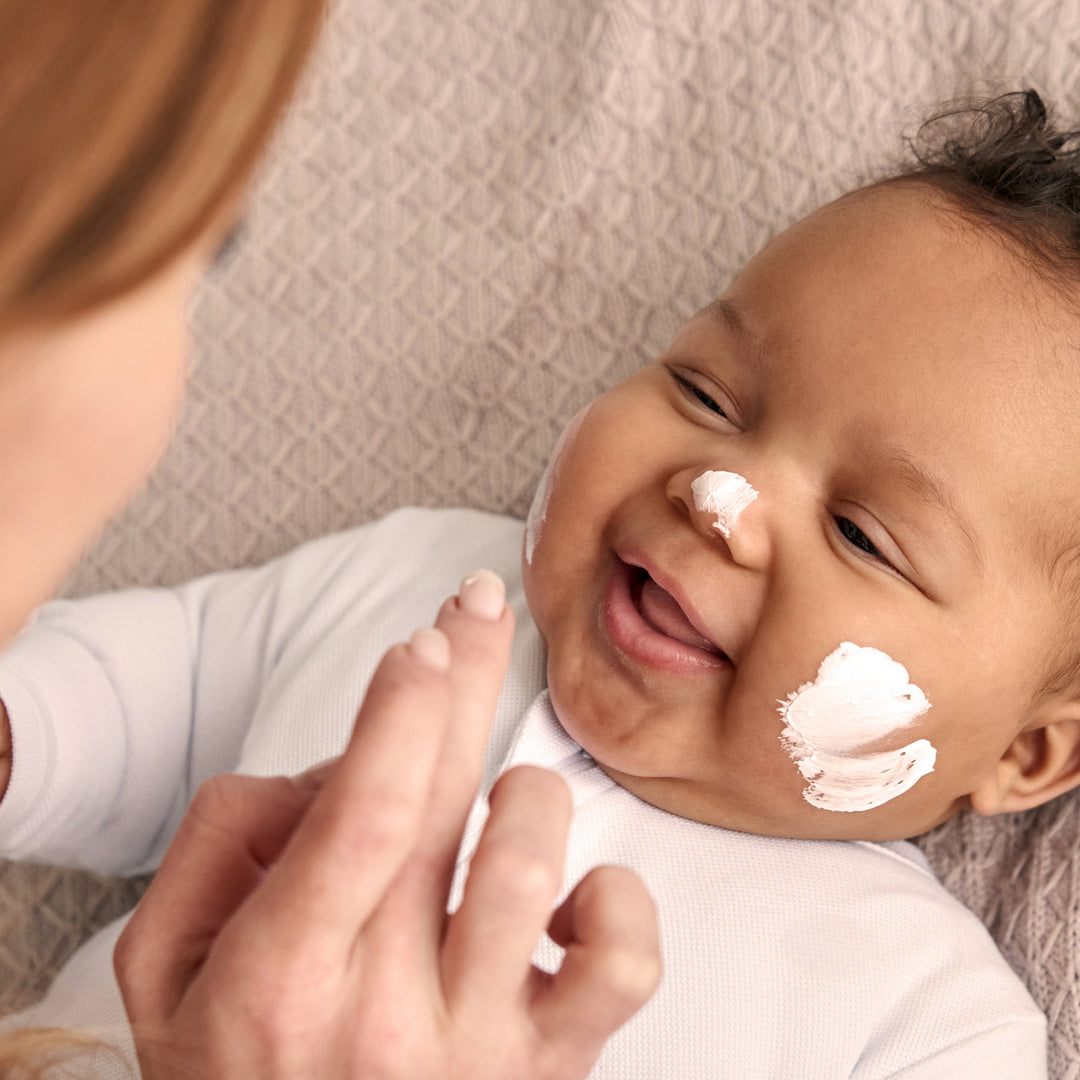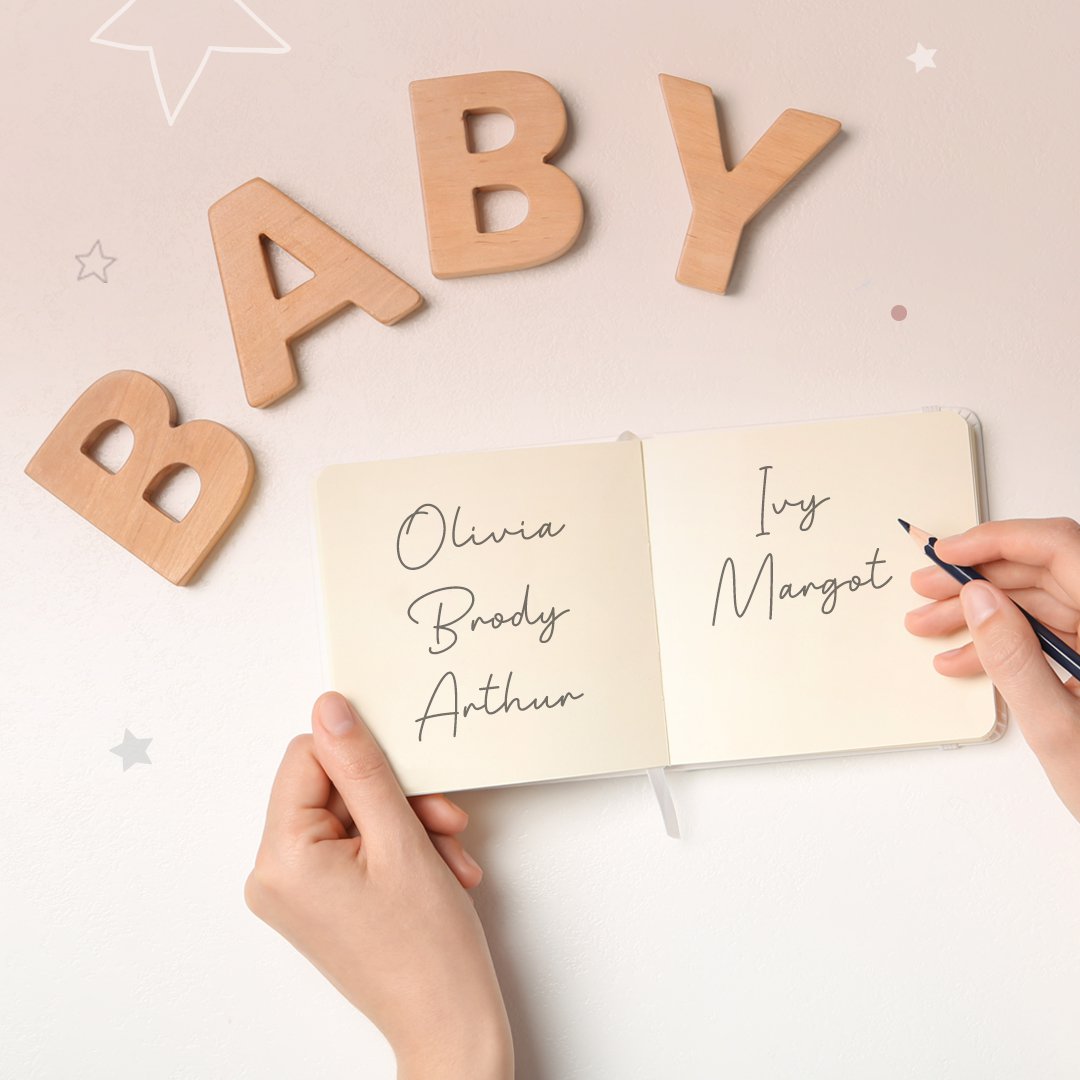Beeswax skincare benefits
Beeswax
Beeswax use dates back as far as 5,000 years when the ancient Egyptians used it to make paint, and also to protect the surface of tomb paintings from moisture. Cleopatra's cold creams, lotions, lipsticks, hair dressings and nail polishes all contained Beeswax. Her attendants used small amounts of it in her bath soap for fragrance. During the Middle Ages Beeswax was used as a currency. During the 1800's, doctors used Beeswax in the treatment of diarrhea and dysentery, and during the Civil war, a mixture of goldenseal and Beeswax was applied as a salve to gunshot wounds and powder burns. Today Beeswax is used in candles due to its naturally high melting point, and it still is used for medicinal purposes and in cosmetics.
Beeswax is produced when honeybees consume honey. It takes about 8 1/2 lbs of honey to produce one pound of beeswax.
Honeybees collect nectar from approximately two million flowers to make one pound of honey, so nectar is collected from 17 million flowers to make 8 1/2 pounds of honey to make one pound of beeswax!
Beeswax is secreted in the form of a scale about the size of a pinhead by worker bees that are 12 to 18 days old.The worker honeybee has eight wax secreting glands under its abdomen. It takes about 800,000 scales to make one pound of beeswax.
The bees wax scale when first secreted is tasteless, odourless, and almost colourless. Beeswax obtains its "natural" color of light to golden yellow due to propolis and pollen collected by the honeybees. The distinctive fragrance of bee wax is obtained from the propolis brought into the hive, and the storage of pollen and honey in the honeycomb.
Listed below are some of the many reasons Beeswax is used in cosmetics:
- It is easily incorporated in water and oil emulsions
- It is an excellent emollient and support for moisturizers
- It gives skin protective action of a non-occlusive type
- It gives good "body" (consistency) to emulsions, oil and gels
- It reinforces the action of detergents
- It increases the protective action of sunscreens
- Its elasticity and plasticity improve product efficacy by allowing thinner films and
- It provides greater permanence on skin and lip surfaces
- It does not provoke allergic reactions4
- It is compatible with many cosmetic ingredients
Beeswax is very frequently used in the following cosmetic applications:
- cleansing creams
- cold creams and lotions
- emollient and barrier creams
- depilatories
- lipsticks - protective sticks in general
- nail creams
- sun protection products
- eye and face make up
- foundation creams
A key ingredient in babyblooms skincare, beeswax is found in the following babyblooms products: baby care cream, moisturising baby lotion, cuticle and nail balm, nourishing body balm, soothing moisturising lotion, soothing hand cream, replenishing hand cream, cooling leg and foot cream.
We have found all of these other listed uses..... amazing!!:
lubricant, for furniture joints.
Smooths movement and stops creaking doors and windows.
Component for mustache creams.
Use as a rest prevention.
Key component in furniture polish - Mix with linseed oil and mineral spirits in equal parts.
Covering for cheeses to preserve and protect
Conditioner for wood bowls and cutting boards.
Coat nails and screws to prevent wood from splintering.
Used by NASA with an enzyme to mop up oceanic oil spills.
Cake guitar bodies to boost longevity.
Coat tambourine surfaces for thumb roll playing technique.
Coat reeds for woodwinds to get a tight fit.
An essential ingredient in Indian art of fabric dyeing called Batik printing.
Candles that don't drip and have no smoke.
In candy like gummy bears, worms and jelly beans.
To water proof leather.
Molten beeswax to polish granit counter tops.
To make crayons.
With palm oil for soap. The palm oil reduces scars and the wax a natural moisturizer.
Mix with palm wax for a natural hair remover.
To reduce bow string friction.
on whips to water proof.
Coating sewing thread to prevent snagging.
To fill seams between pieces of slate when setting up a pool table.
As a flexible mold for a variety of mediums.
In glass Etching.
To make earplugs.
Ear Candling.
When fashioning Dreadlocks.
To make Dental floss.
For cracked animal hooves.
In Blacksmithing.
To coat Baking tins.
To coat the hemp strings on Bag Pipes.
In manufacturing of electronic components and CDs.
As a polish for shoes and floors.
Keep zips moving smoothly.
To water proof boots and saddles.
To coat hand tools to prevent rust.
To relieve pain, swelling (inflammation)
In manufacturing as a thickener or emulsifier.
In fragrances and perfumes.
To seal documents.
An ingredient in surgical bone wax.
Blended with pine resin to serve as an adhesive.
A metal injection moulding binder component.
In the embalming process.
As a stabilizer in the military explosive Torpex.
Glazing of fruits and vegetables.
Grafting plants.
In the restoration of pictures.
Wax fly fishing lines so they float.
To keep saws sharp.
Grinding and polishing of optical lenses.
Used in crafting of dentures and other dental equipment.
Used on snowskies for a good glide.
Used to cover a broken wire on braces until you get to your orthodontist.
Temporary filling until you can see your dentist.
To prevent slippage for belts in vacuums and sewing machines.
As a wood filler




